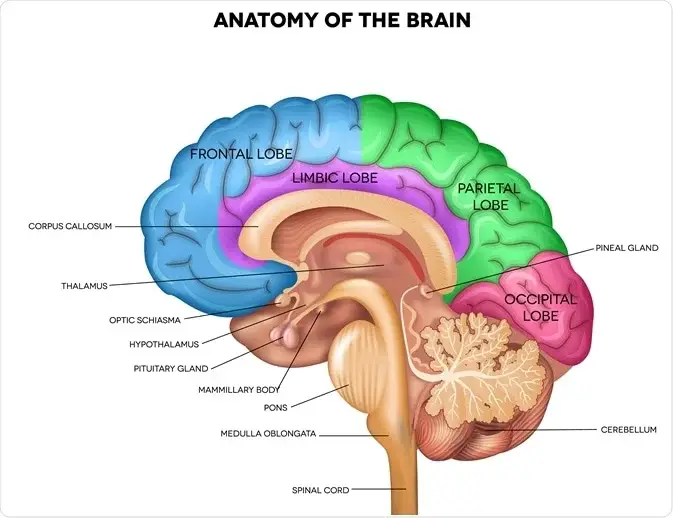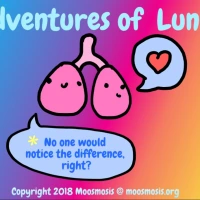Nervous System 101 Study Guide Notes: Biosignaling, Membrane Receptors, Signal Transduction, Ligand Gated Ion Channels vs G Protein Coupled Receptors vs Enzyme Linked Receptors [MCAT, USMLE, Biology, Medicine]
In this lesson, we explore the nervous system and share notes as part of the study guide series. We will explore the awesome brain and nerves! Topics include Biosignaling, Membrane Receptors, Signal Transduction, Ligand Gated Ion Channels vs G Protein Coupled Receptors vs Enzyme Linked Receptors
Check out our popular nervous system notes.


























